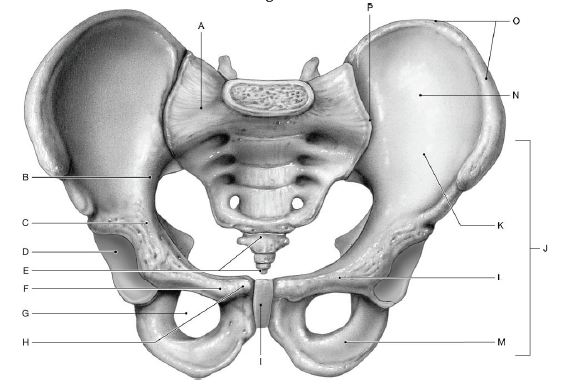Carrier-mediated transport
a. involves a specific membrane protein
b. always moves substances against a concentration gradient
c. always requires energy expenditure
d. involves protein channels
e. all of these
A
You might also like to view...
The organ that transports the ovum to the uterus is the
A) uterosacral ligament. B) vagina. C) uterine (Fallopian) tube. D) infundibulum. E) myometrium.
Using the figure below, identify the labeled part.

1) Label A: ______________________________
2) Label B: ______________________________
3) Label C: ______________________________
4) Label D: ______________________________
5) Label E: ______________________________
6) Label F: ______________________________
7) Label G: ______________________________
8) Label H: ______________________________
9) Label I: ______________________________
10) Label J: ______________________________
11) Label K: ______________________________
12) Label L: ______________________________
13) Label M: ______________________________
14) Label N: ______________________________
15) Label O: ______________________________
16) Label P: ______________________________
A safe light is required for proper film development
Indicate whether the statement is true or false
Because of the small diameter of the glomerular capillaries, the blood pressure in the efferent arteriole is __________ that of the pressure in the afferent arteriole.
lower than much higher than much lower than higher than